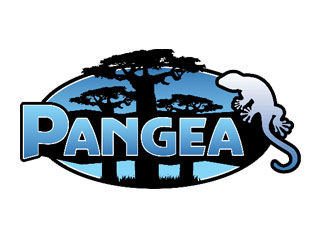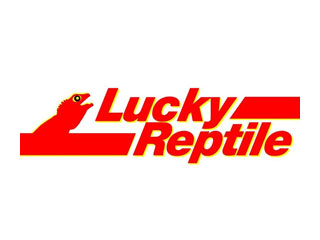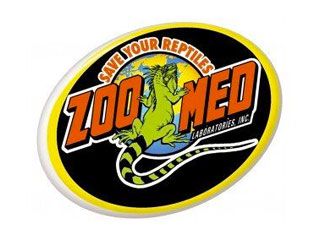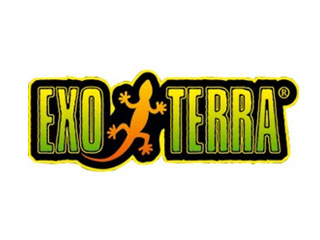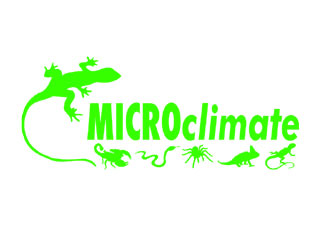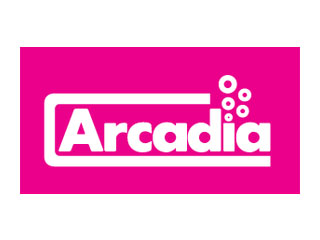Spiny Tail Lizard (Uromastyx) Care Sheet and Information
All Uromastyx have a stocky build and a well-armored tail which gives it its common name, Spiny Tail Lizard.
By lee v from oneida on Monday 4th August 2008

Common Name: Uromastyx, Spiny Tail Lizard
Latin name: Uromastyx spp.
Mali Uromastyx (Uromastyx maliensis)
Native to: Northern Africa to the Middle East, depending upon specific species of Uromastyx. See below for specific details.
Size: From 14 inches to 30 inches depending upon specific species of spiny tail lizard. See below for specific details.
Life span: Theorized to be 35 years in captivity
General appearance
All Uromastyx have a stocky build and a well-armored tail which gives it its common name. All species of Uromastyx also have salt glands around their nostrils and it is not uncommon to see salt crystals build up around the nostril. There several species in the Uromastyx genus, but only the following species are commonly imported and seen in the pet trade however, so we will only cover these species below.
Uromastyx acanthinurus: Can reach lengths of 16 inches. Colors can range from green to yellow to even some bright orange with all colors in between. This species can be found in northern Africa, including Morocco, Libya, Niger and Sudan.
Uromastyx aegyptius: The largest member of the genus, Uromastyx aegyptius can reach lengths of 30 inches and weigh several pounds. Coloration is highly variable but is usually dark brown to light brown or tan. As the species name suggests, this species can be found in Egypt as well as parts of the Middle East, including the Arabian Peninsula, Iran, Iraq, and parts of Israel.
Uromastyx benti: This species shows some sexual dimorphism. Males tend to have a bluish body with white spots while females are usually light tan with reddish tails. Like most species of Uromastyx, this species rarely exceeds lengths of 14 inches. This species is typically found in Yemen and other parts of the Arabian Peninsula.
Uromastyx hardwicki: Coloration is highly variable but is usually dark brown to light brown or tan. Smaller than Uromastyx aegyptius, this species will only reach lengths of 14 inches or less. This species can be found in India and Pakistan.
Uromastyx ocellatus: Like Uromastyx benti this species demonstrates sexual dimorphism, with males being blue-green or green with blotches of orange and yellow. Females have more subtle yellows and browns and have less orange. As in most species of Uromastyx, this species rarely exceeds lengths of 14 inches. This species is found in Egypt and the Middle East like Uromastyx aegyptius.
Housing requirements
Enclosure: Aquariums, stock tanks and custom built cages can all be used. As a general rule the cage should be four times larger than the lizard. For example, a 12 inch by 6 inch Uromastyx would require an enclosure 48 inches by 24 inches. Since this is a terrestrial lizard, vertical space is wasted and custom built cages can be more practical for larger specimens.
Temperature: This is a desert animal and can tolerate relatively large temperature fluctuations from day to night. If breeding simulating a "winter" with temperature lows of 55° F can be helpful.
Daytime: 85° - 95° F
Basking: 110° - 130° F
Nighttime: 60° - 70° F
Heat/Light: As all species of Uromastyx are desert dweller, high temperatures should be provided by use of high power basking bulbs, ceramic emitters, or a combination of both. They also require a relatively high degree of UVB light. Use of such bulbs as the Zoo Med Repti-Sun 5.0 is beneficial. The new Active UV bulbs work very well for this species as it provides both heat and light. Under no circumstance should a hot rock be used with any animal. They are notoriously unreliable and can cause serious injury to your Uromastyx.
Substrate: A variety of substrates can be used for all Uromastyx. Newspaper can make an easy to clean, though not attractive substrate. Sand can all be used as a substrate. If using sand, use only natural sand such as Caribbean Play Sand which is commonly available at major home stores. Many people are reporting intestinal impaction and bleeding from crushed walnut substrate and most breeders are not recommending crushed walnut.
Environment: Uromastyx are terrestrial burrowing animals and do not require any branches for climbing. They do require a hiding area that they can feel something rubbing against their backs to feel comfortable. This can easily be accomplished by using rocks and a piece of slate. The slate can also provide and excellent basking spot as well for the sint tail lizard.
Diet: Uromastyx are omnivorous lizards though a majority of their diet consists of vegetables and dark leafy greens with the occasional insects. Vegetables such as carrots, beans, peas, corn, and many varieties of dark greens a and dandelion greens should be offered. Some bird seed can also be added to the vegetable mix as well. Some people have even added commercially available finch pellets to supplement the diet. Crickets, mealworms, super worms or wax worms should be offered occasionally. Because this is a desert dweller, water does not need to be offered as they will get all of their moisture they need from their diet.
Maintenance: The enclosure should be spot cleaned daily. A thorough cleaning should be performed on a regular basis. A 5% bleach solution is an excellent disinfectant. Be sure to thoroughly rinse the enclosure before replacing the substrate and placing the spiny tail lizard back in the enclosure. Hand washing after handling the Uromastyx or any cage furnishings is essential.


